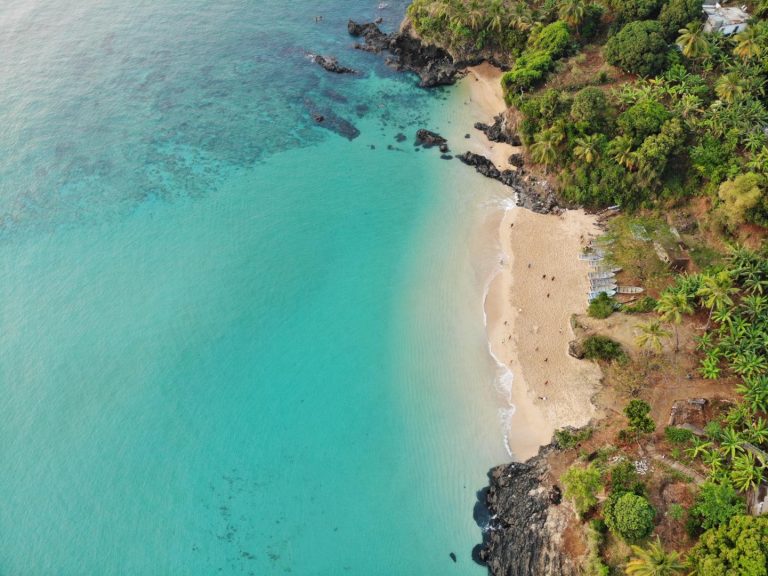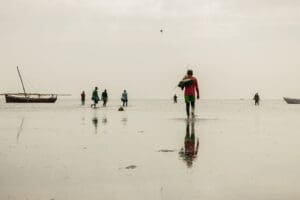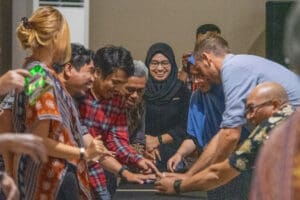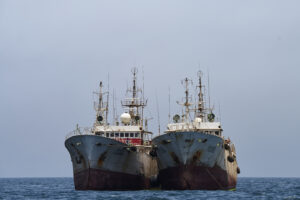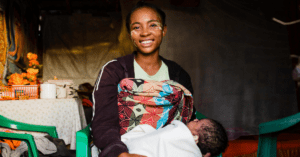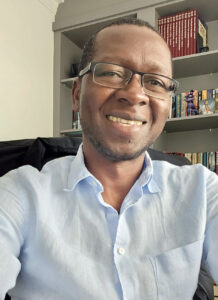Its size is nothing compared to the significant place in history it has held since the days of the Tui Viti in the mid-19th century, Ratu Seru Cakobau.
Bau Island has etched in its history books the power struggles between tribes and paramount chiefs.
But the island has changed over time and approaching it from Bau Landing, it is evident development has played its part in keeping the people of the island up to par with modern technology.
The trip to the island was at the invitation of a non-government organisation, Blue Ventures, an international marine conservation organisation hoping to share their knowledge and expertise in maintaining and preserving marine resources in Bau.
Working side by side with the village heads and landowners, Blue Ventures brought 12 volunteer members from the United Kingdom, Australia and the United States of America to help with the project on Bau Island.
Before we left for the island, I found a couple of friends and media colleagues waiting patiently at Bau Landing for reps from other organisations to arrive.
From Fiji Television Limited was cameraman Richard Nath and journalist Geoffery Smith who were already pacing about prepping shots for their feature story.
Sitting about were two friends from the University of the South Pacific, Luse and Maleli who accompanied Professor Randy Thaman and another student on a research study of marine life and resources, so I was told.
When all was ready, our boat made its way over the calm waters to a jetty facing the mainland.
Almost all households facing the mainland had a jetty where fiberglass boats lined the sandy shoreline beside the jetty.
Smiling faces from the volunteers dressed in bula dresses and shirts over sulu welcomed us as we made our way out onto a cement jetty. A path facing the Vatu ni Tawake led us to an open ground where the Ulunivuaka (meeting house) sat strong and important to the right of the bure kalou.

Blue Ventures presented their sevusevu to Ratu Epenisa Cakobau who sat in front of a picture hung high up on the wall of his great, great grand father, Ratu Seru Cakobau.
After the formalities, the visitors took turns shaking hands with Ratu Epenisa and the men sitting on his left including former vice-president Ratu Jope Seniloli.
The visitors looked around inquisitively as Ratu Epenisa gave a brief history of the island.
History off text on the web says Ratu Seru remained on Bau Island during the time of his father’s exile in the early 1800’s.
He gained power orchestrating the overthrow of the Roko Tui Bau Vuani-ivi clan and later reinstated his father as the ruling Vunivalu ni Bau.
Ratu Seru was given the names Cikinovu and later Cakobau meaning destroyer of Bau as he had built a new Bau under the reign of the Vunivalu.
According to Ratu Epenisa, cannibalism was rife before Christianity was established on the island.
“When the people accepted Christianity, Ratu Seru demolished all the hidden temples on the island and used the stones to build the church behind the Ulunivuaka,” he said.
“The people revered God and when they accepted Christianity, the chiefs and people stayed on ground level.
“God’s representative or the talatala would live up on the hill. This was a sign of respect and reverence.
“Back in the days, there were certain gods the chief’s worshipped.
When Christian missionaries came, they stayed on Viwa Island and couldn’t come to Bau because of the tribal wars at that time.
“Whenever there was a lovo on the island, the missionaries would preach. Adi Samanunu influenced Cakobau to accept Christianity.
“At the time when hidden temples were around, people were buried alive on the posts of the temples.
“It was supposedly an honour to be buried on a post.
“Such was the life back then that when Ratu Seru wanted his favourite fish Ratu Gavidi would pick 11 people to lay in front of the canoe as rollers.
“That canoe could carry about 300 people and the canoe would be pushed over them into the sea.”
Our tour started from the Methodist Church then across the ground to the where the Vatu ni Tawake stands.
The next stop was Bau District School, the only primary school on the island with students from the mainland and islands close by including Viwa, Namuka and Nakoroivau.
The school is on a hill where the talatala’s house sat and with 160 students, it boasts a handful of students who went on to become national sports representatives, Ratu Jope Seniloli included.
We passed the traditional burial site for chiefs and down the walkway leading to the church front.
Passing a huge raintree, one can only guess the memories it carried from the days of Ratu Cakobau and pre-colonial Bau.
“This was the first provincial council office,” Leleuvia Island Resort manager Dovi Kanaimawi said pointing to a run down house that looked typical of a building in the colonial days.
We made our way past a few more houses including Lady Lelea Cakobau’s home built just outside the stone walls surrounding Mataiwelagi (chiefly residence of the Vunivalu).
In other words, we were stepping on sacred ground and as we followed the white bricks leading to Ratu Epenisa’s home, three buildings of similar structure to the Ulunivuaka filled the compound.
These were for invited visitors, church meetings and provincial council meetings.
One was supposedly built for Queen Elizabeth II on her trip to Fiji and the other was a meeting house rebuilt after its destruction during one of the natural disasters.
“There are three villages on the island, Bau, Lasakau and Soso with about 200 villagers,” said Ratu Epenisa as we stood under a coconut tree hiding from the glaring sun.
“The island received electricity back in 1969 and proper water supply since the 1970s.
“We hardly plant on the island but people have little plots of root crops and vegetables on the mainland.
“With changing times, it is important to not only preserve our natural resources but our culture and heritage.
“It is part of our identity.”
There was truth in what Ratu Epenisa said about preserving culture and history. It is through culture and history that we learn more about our identity and heritage.
In the end, I left the tiny island with thoughts of appreciation and gratitude that I had the opportunity to share in the pride of the people of Bau Island.
The island of Bau, small in the distance, sits with many memories.
It holds a very special place in the history of our country.
Original article published on the Fiji Times website, written by Geraldine Panapasa.

